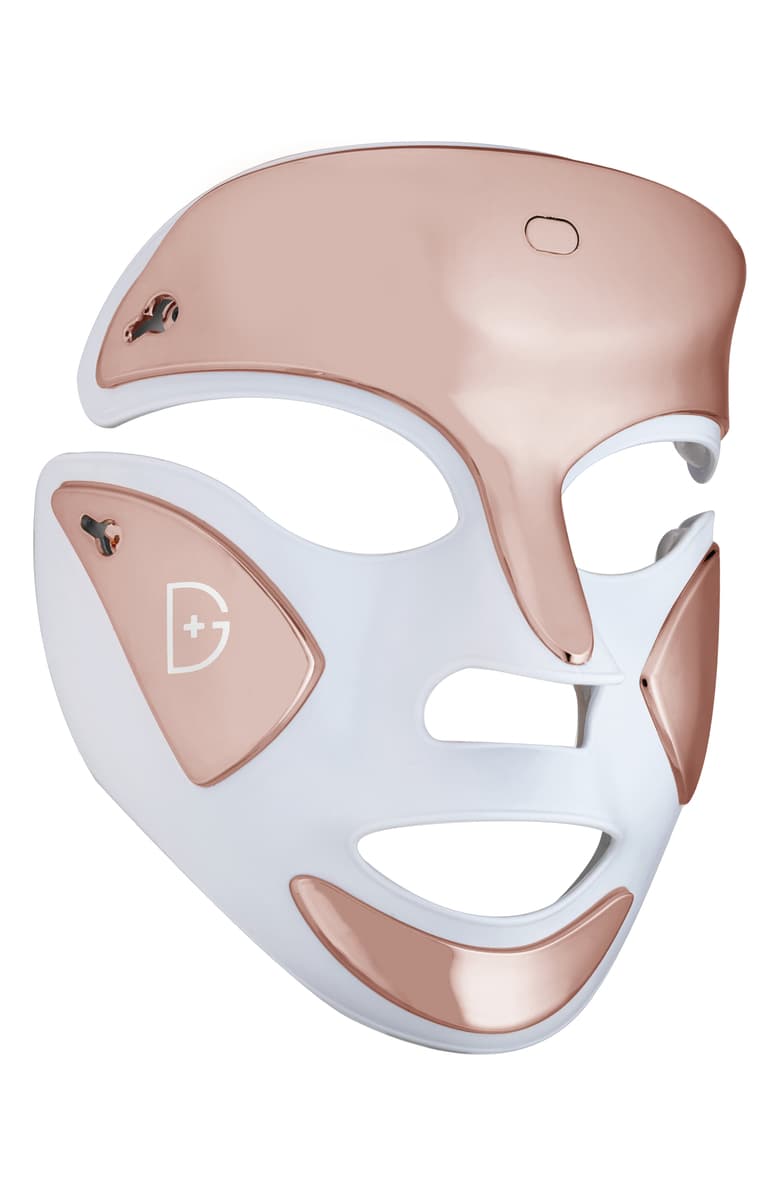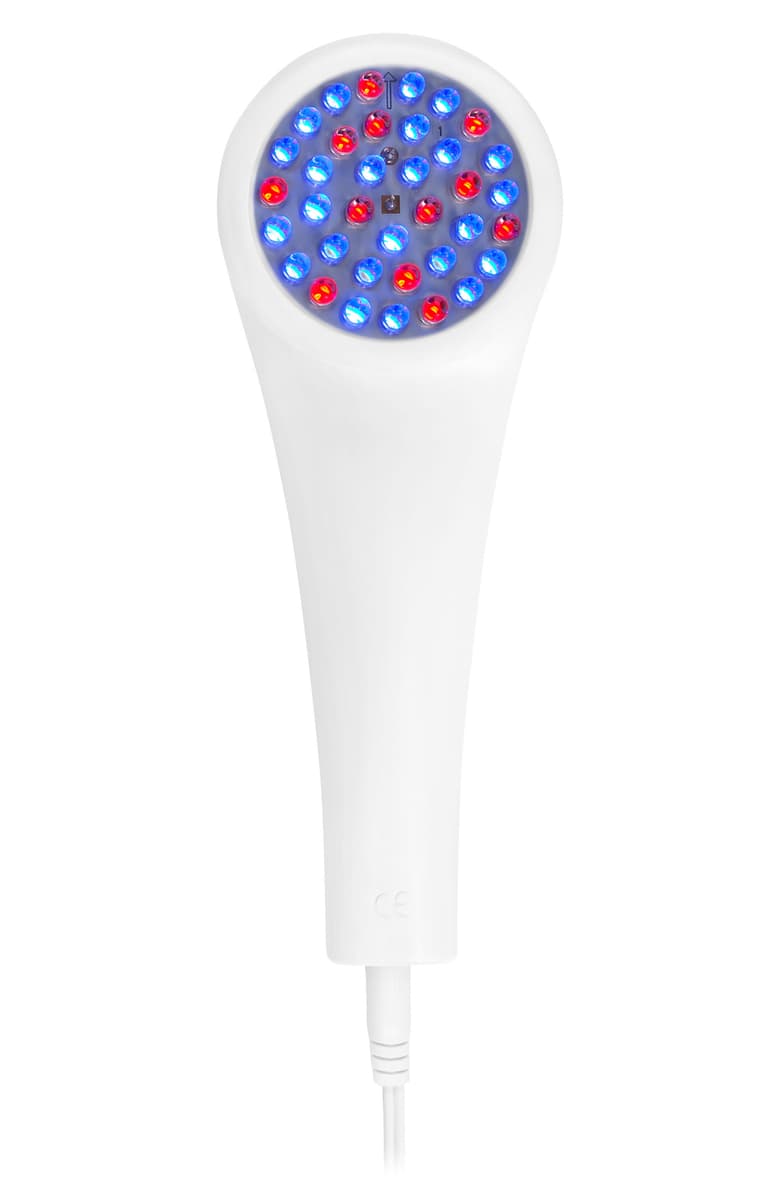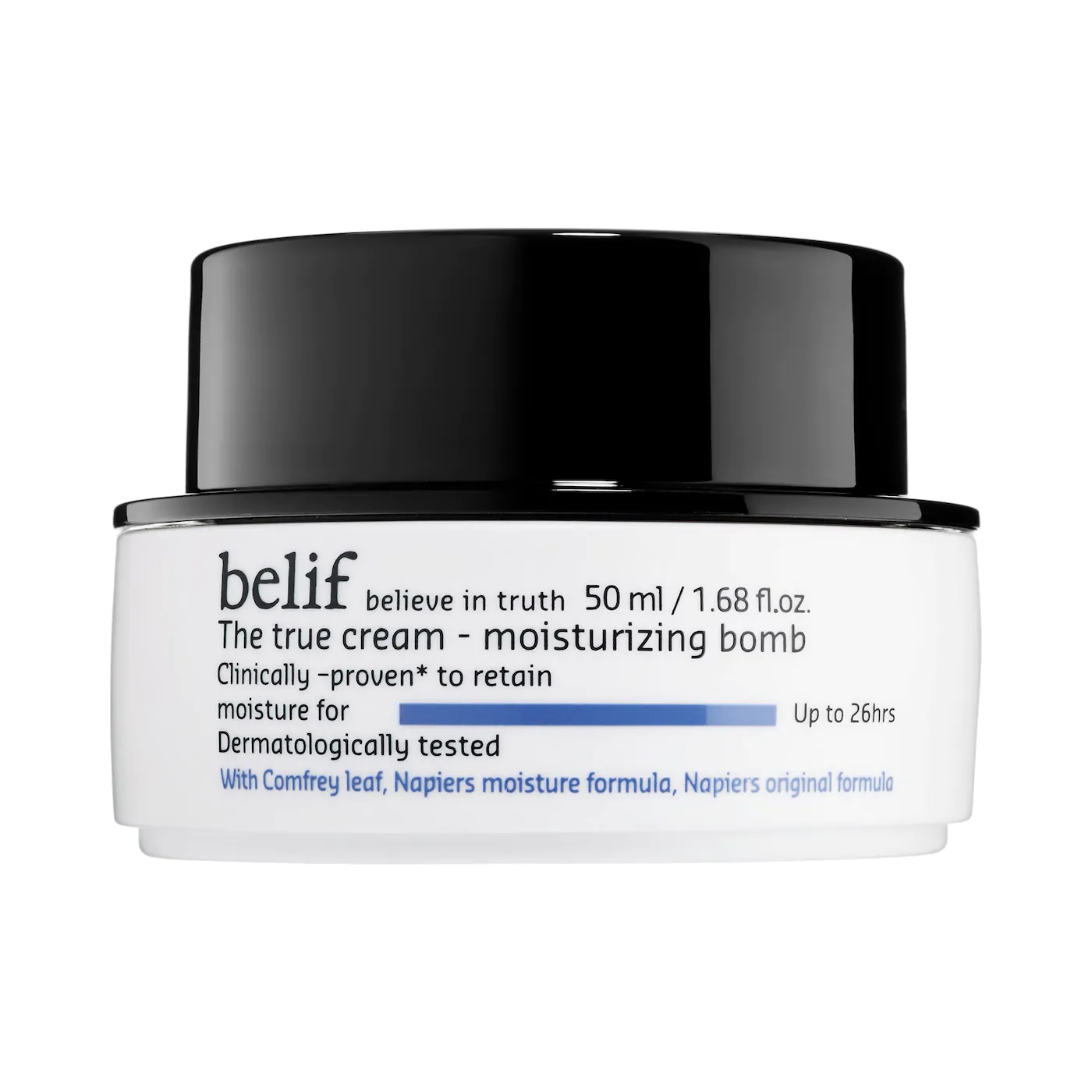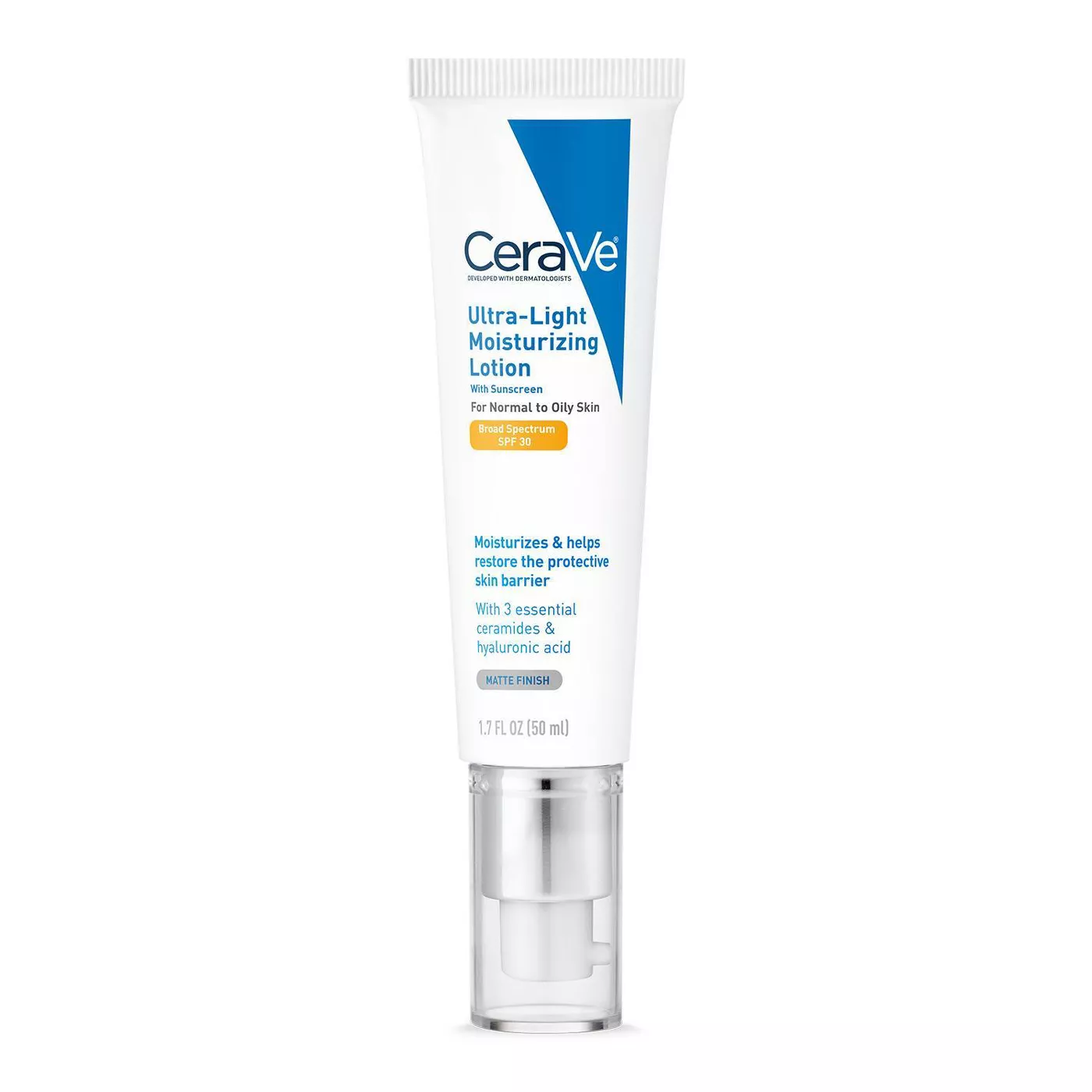I’ve Struggled With Severe Acne for 20 Years, and This Is How I Finally Beat It
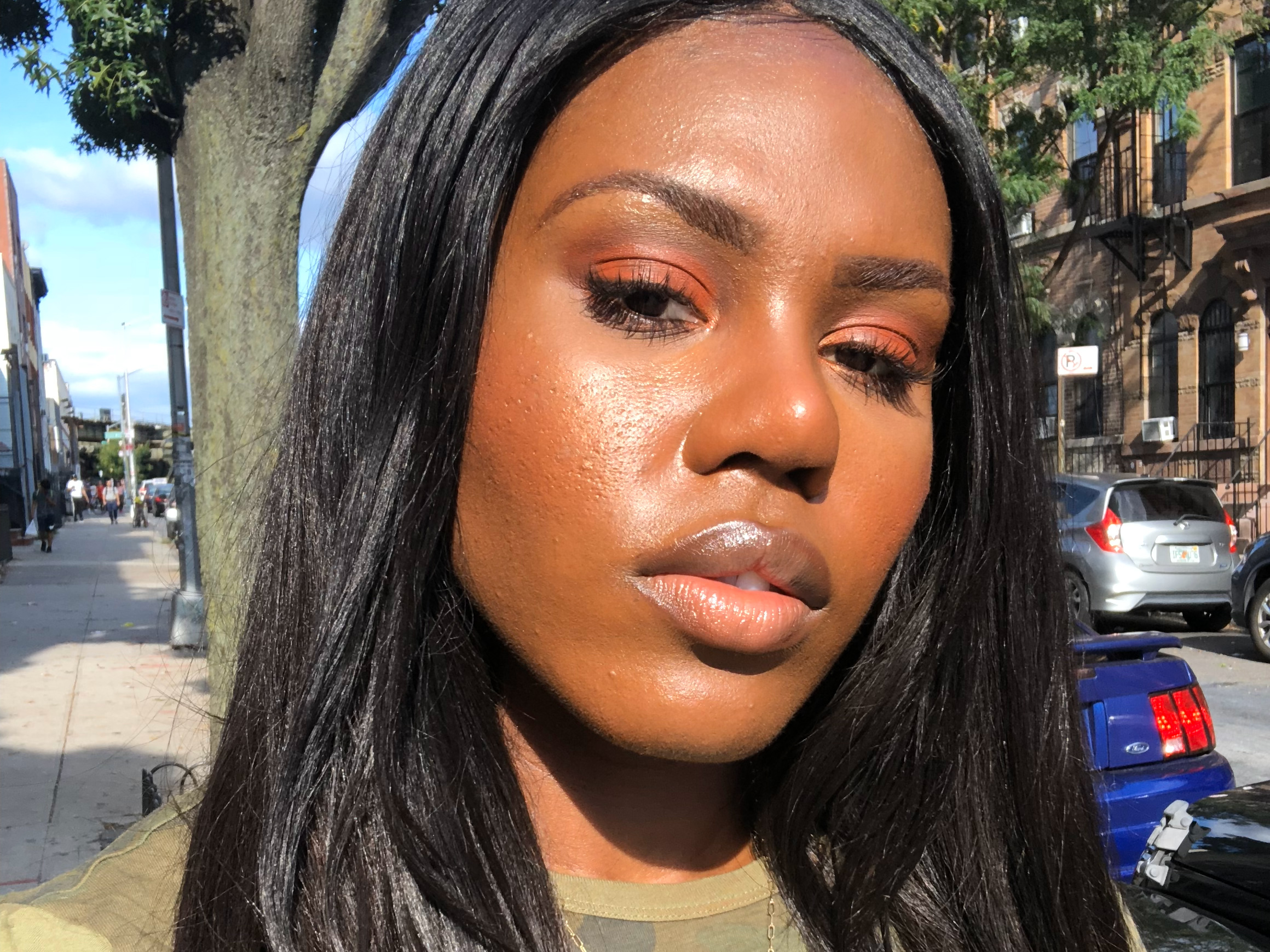
Some people are blessed with genetically clear skin, but consider me not one of the lucky few. My acne started to rapidly develop since early adolescence–from the tender age of 10, I've dealt with consistent bouts of painful cystic acne along with clusters of whiteheads and pesky blackheads. Before I knew it my acne had progressed into blemishes and spots along my back and chest. Picture day (especially in middle school) was an event I had thoroughly come to dread and scared of revealing my acne scars, I regrettably vowed to never wear backless tops again.
From over-the-counter topicals like Proactiv to prescription antibiotics like Clindamycin, I've tried it all, with no real sustainable success. While acne tends to balance itself out over time through hormonal changes, that was never the case for me, so I took the plunge and went to a dermatologist to start Isotretinoin (or commonly known as Accutane) treatment. Within months the frequency of my breakouts drastically improved and I finally understood what it felt like to not feel self-conscious about walking outside sans a full face of foundation.
Although Accutane did much to improve my skin–and the entire process was no walk in the park– I still experience breakouts if I'm not careful. Excessively oily skin is in my DNA, so it's a daily battle to keep my skin's rampant oil production under control and in check. Over the years I've used and tested out hundreds of products before finally discovering my favorites and go-tos I reach for when my acne once again rears its ugly head. From cleansers to toners, spot treatments, and more, I'm sharing the products that helped to transform my skin. Because melanin-rich skin requires a little extra TLC due to the increased severity of hyperpigmentation, I consulted with Elyse Love, MD, FAAD, a New York-based board-certified dermatologist for more tidbits on treating acne for deeper skin tones. "Treating acne in darker skin tones requires thoughtfulness in products used and patience from the patient," Love explains. There's a lot of great recommendations ahead, so get comfortable and keep scrolling.
Before
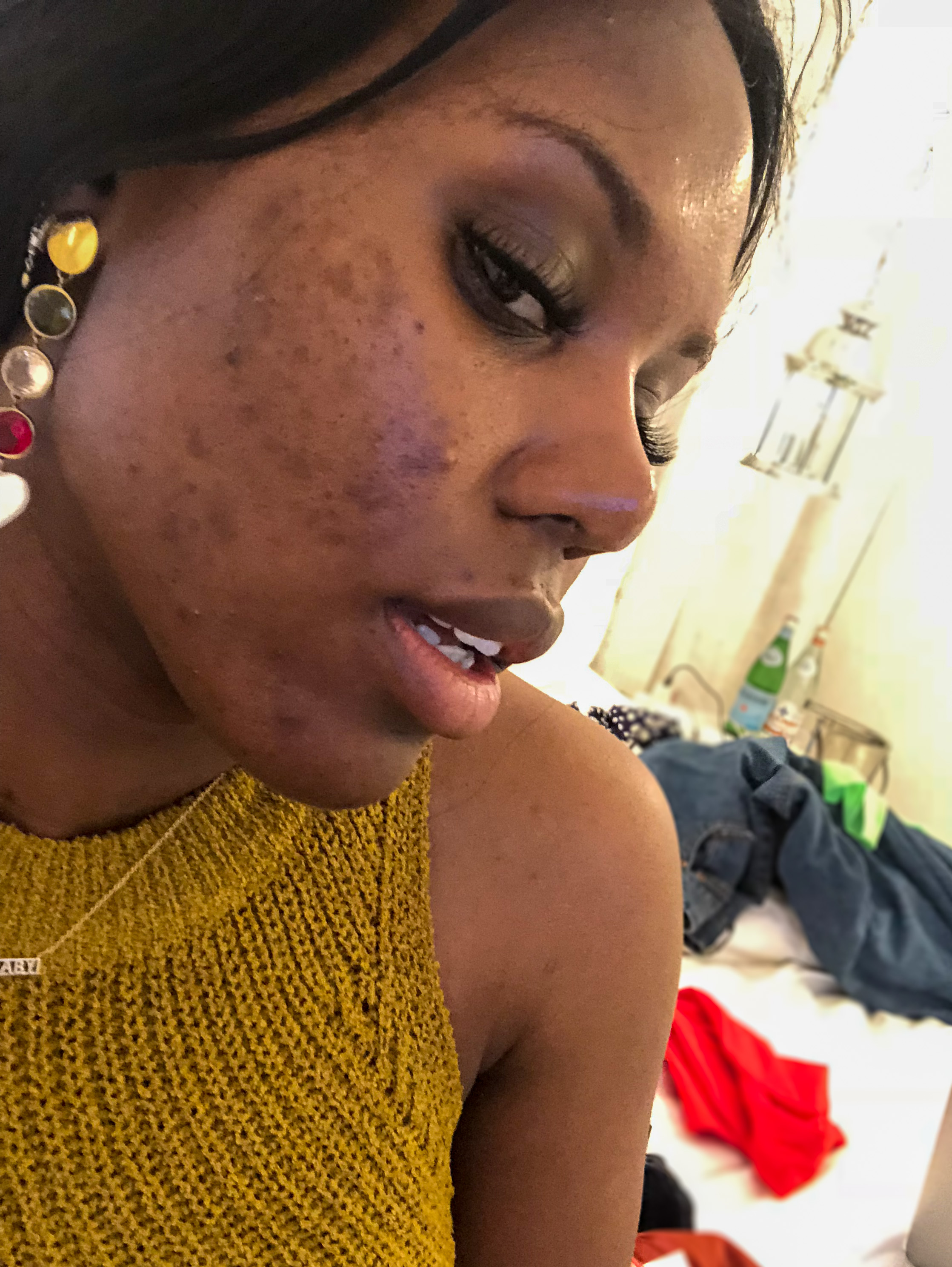
After
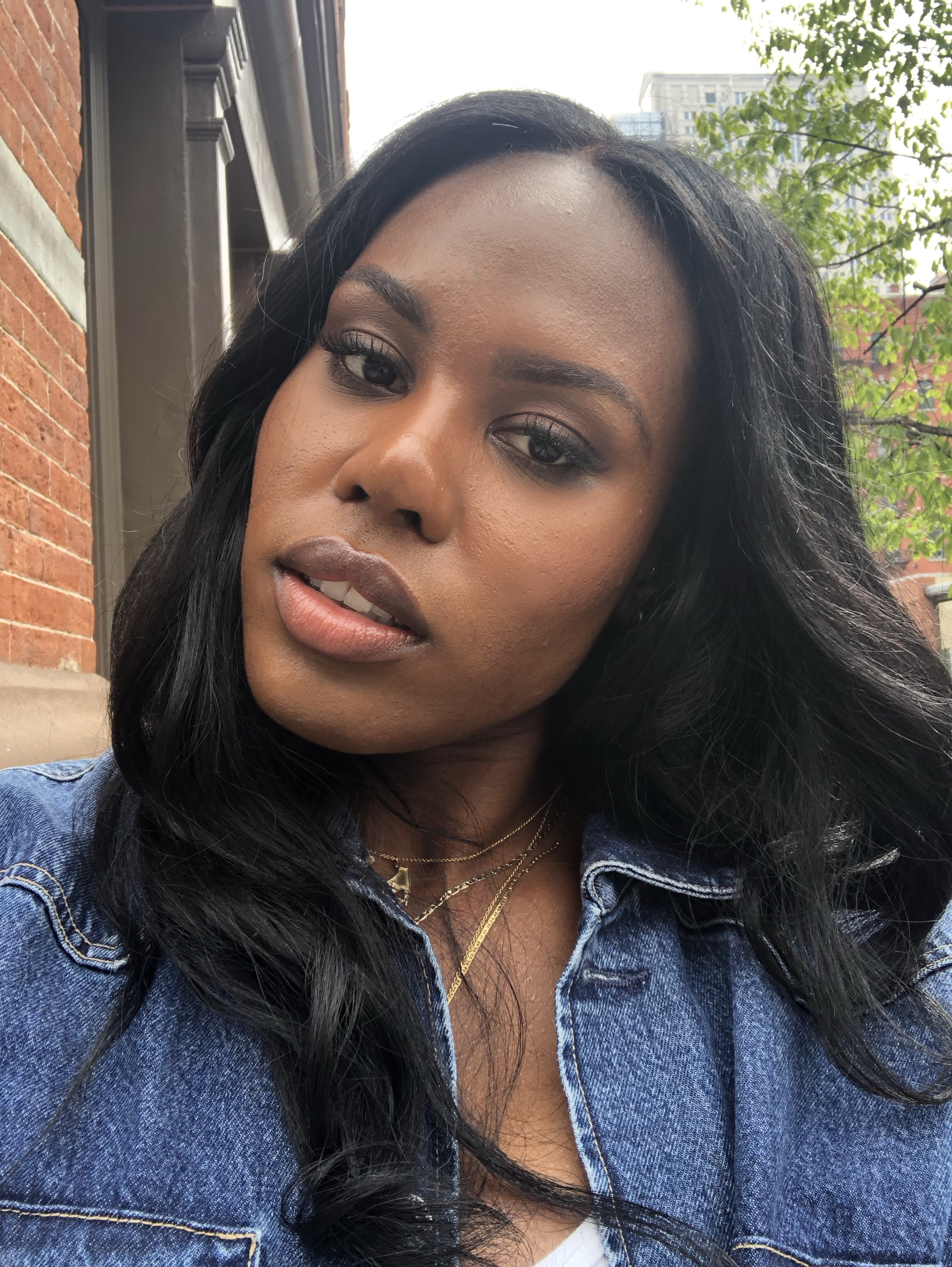
Cleanser
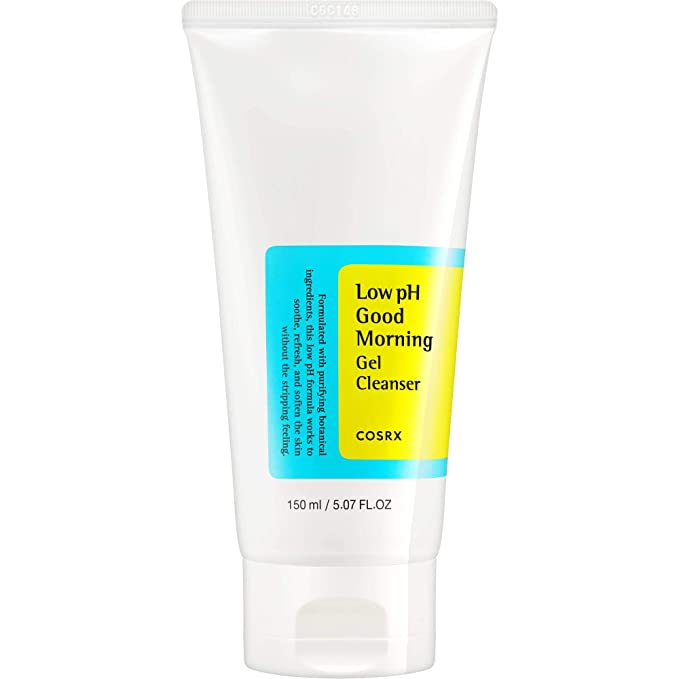
One of my biggest takeaways after dealing with acne for so long is don't waste your money on extremely fancy cleansers. Sure, it shouldn't feel like soap detergent and leave your skin dry and scaly to the touch, but there are a ton of products on the market that thoroughly and gently cleanse. I used to (wrongly!) think that because of my oily skin the only way to prevent breakouts was to overdry my face to reduce the amount of sebum. My poor face definitely paid the price, and to no surprise, my acne never got better. It wasn't until my 20s that I learned balance is key. The ideal pH for skin is slightly acidic, which equates to around 5. For this reason, I've stuck to low pH cleansers to protect my skin's natural microbiome, which also helps to balance out oil production. This Corsx face wash manages to clean my skin without overdrying.
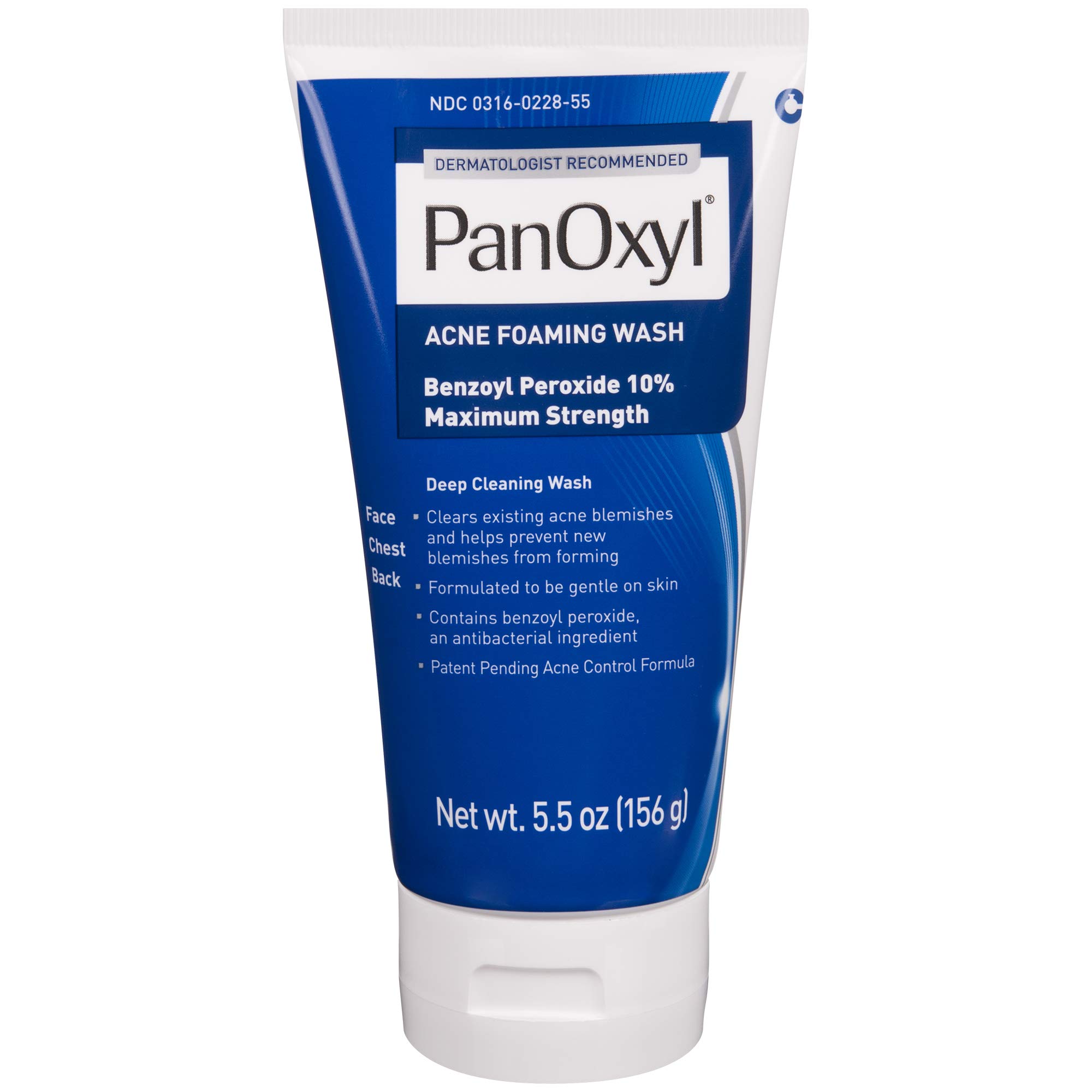
For days when I need a little extra backup, I hit PanOxyl's Benzoyl Peroxide-laden foaming wash. Anyone familiar with the world of acne-fighting products will instantly recognize this antiseptic ingredient–it's certainly one of the buzzier ones out there. Many dermatologists consider Benzoyl Peroxide one of the most effective over-the-counter acne treatments because of its ability to unclog pores and inhibit the growth of bacteria. It certainly can help when in a pinch, but my advice: use it sparingly, as it can dry out the skin with frequent use. How should you start to incorporate such a powerful treatment if you're new to the game? "Many acne-fighting ingredients are also somewhat irritating, so starting too many ingredients at the same time or too strong of ingredients can cause irritation and resultant hyperpigmentation. Therefore, products should be integrated into the room slowly–usually, 1-2 products at a time, starting just three times a week and slowly building to daily as tolerated," explains Love.
Toner
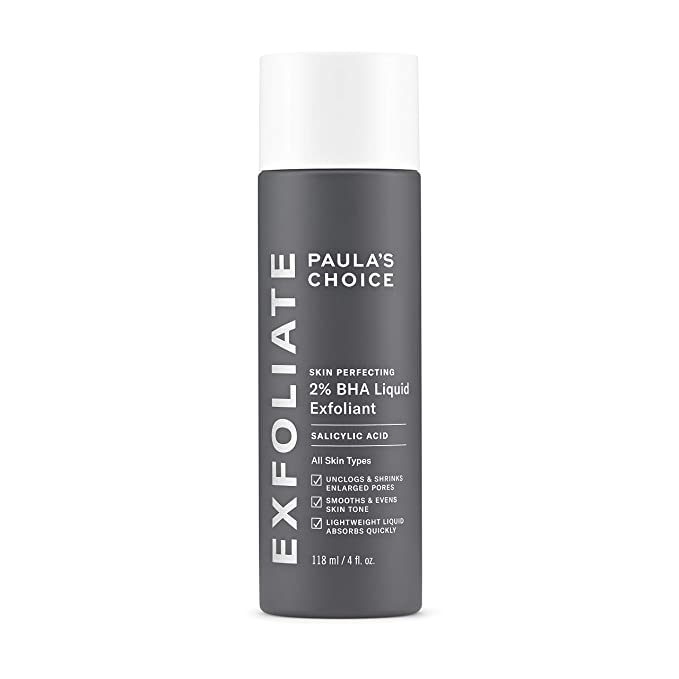
Salicylic acid, or BHA, is a potent exfoliant Love recommends when treating both acne and consequent post-acne scars. "Since post-inflammatory hyperpigmentation is often more bothersome than acne in darker skin tones, topicals that treat both acne and hyperpigmentation are particularly helpful–retinoids being the gold standard and glycolic acid and salicylic acid also playing a role," Love told me. When it comes to toners, you can't get much more potent than this one from Paula's Choice. Its magic lies in the gentle chemical exfoliation of BHA which helps to unclog blackheads and excess oil in addition to fading acne scars. After trying my share of chemical exfoliating toners, I realized that you don't need to overdo it. Too much can have almost the reverse effect, leading to rough patches. You'll want to find one that's relatively gentle, and apply it with moderation. I keep coming back to this one because of how quickly it helped to fade my scars, leaving my face glowy and clear.
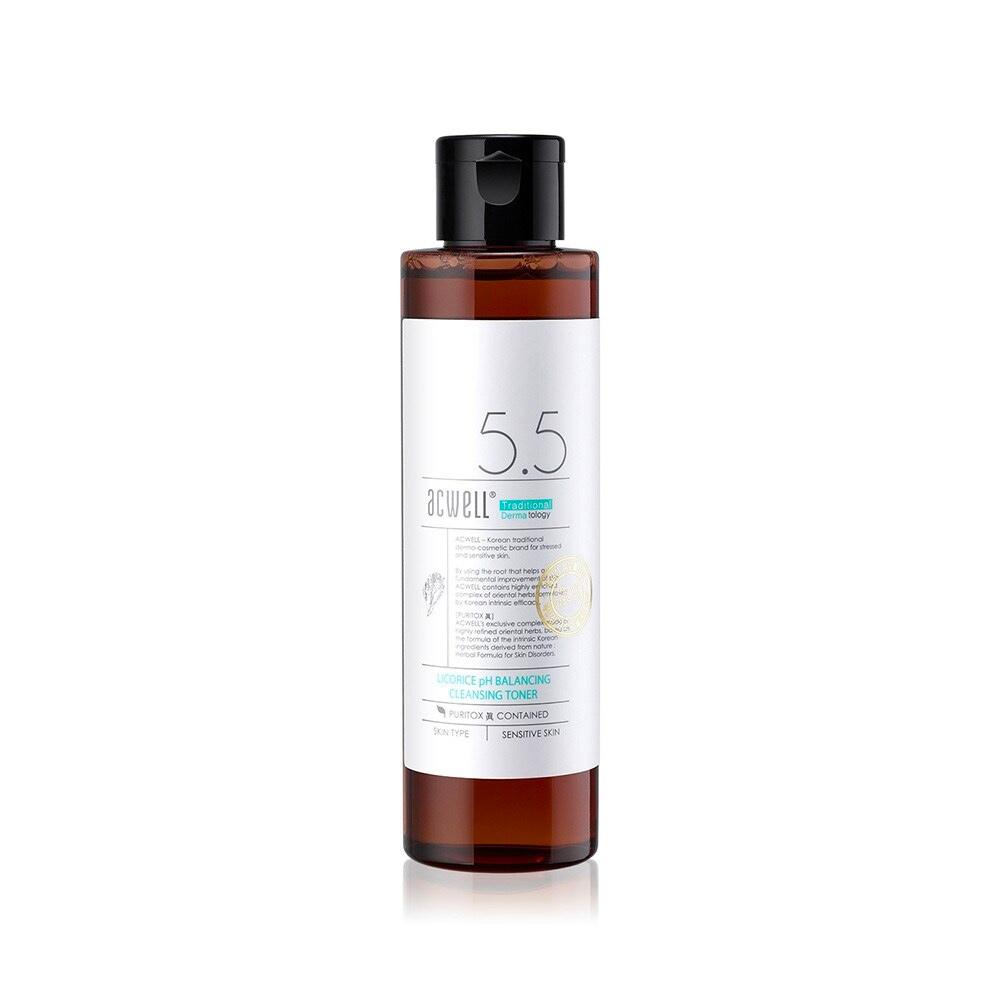
Another great option is Acwell's low pH toner. Loaded with licorice water and green tea, this serves as a gentle brightening follow-up to my cleanser in the event of any missed dirt or makeup residue. It also serves as a reinforcement to protect the acidic environment of my face.
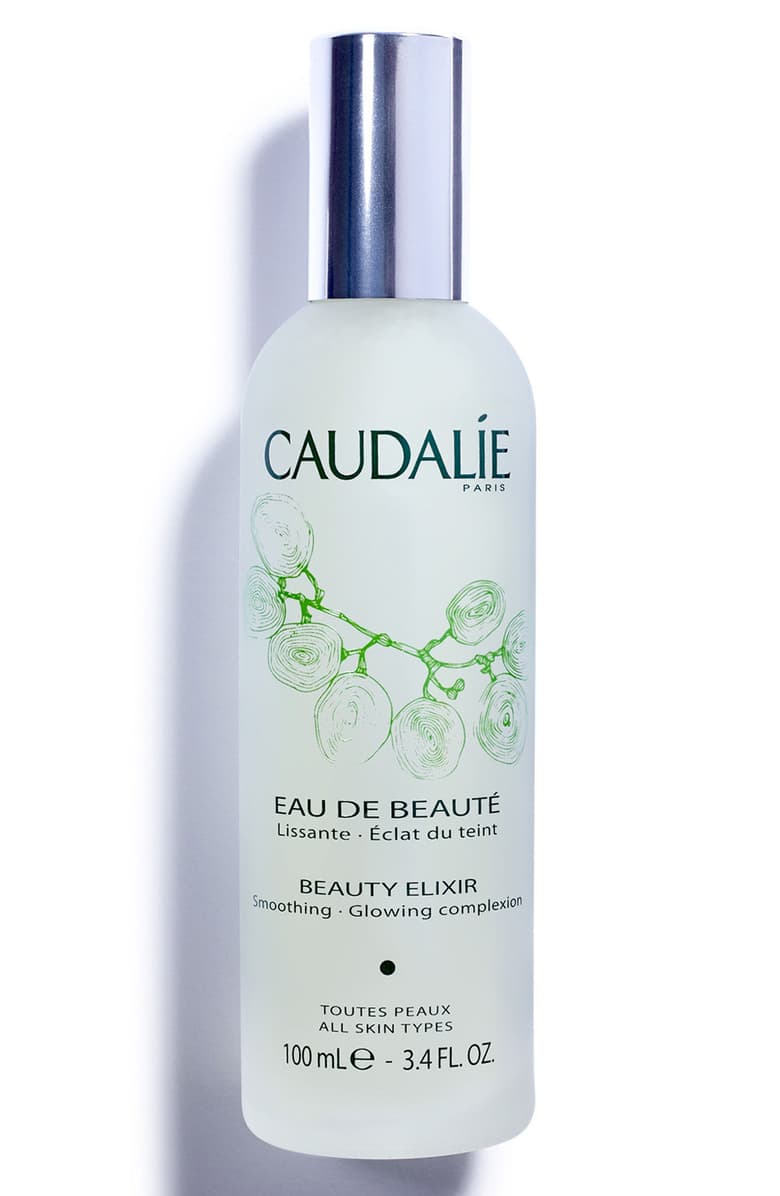
I wish I could marry this toner. A cult favorite, this "beauty elixir" feels like the most refreshing, and bougiest drink of water for my face. Even with the best pro-hydration intentions, my skin can veer on the dry side after a cleanse. This spray is a refreshing, hydrating mist that leaves just the right balance. Without a doubt, it was a lifesaver during my Isotretinoin days when almost every crevice of my skin felt like a lizard. At almost $50 is it a splurge? Yes, but sometimes it's not a bad thing to treat yourself.
Serum
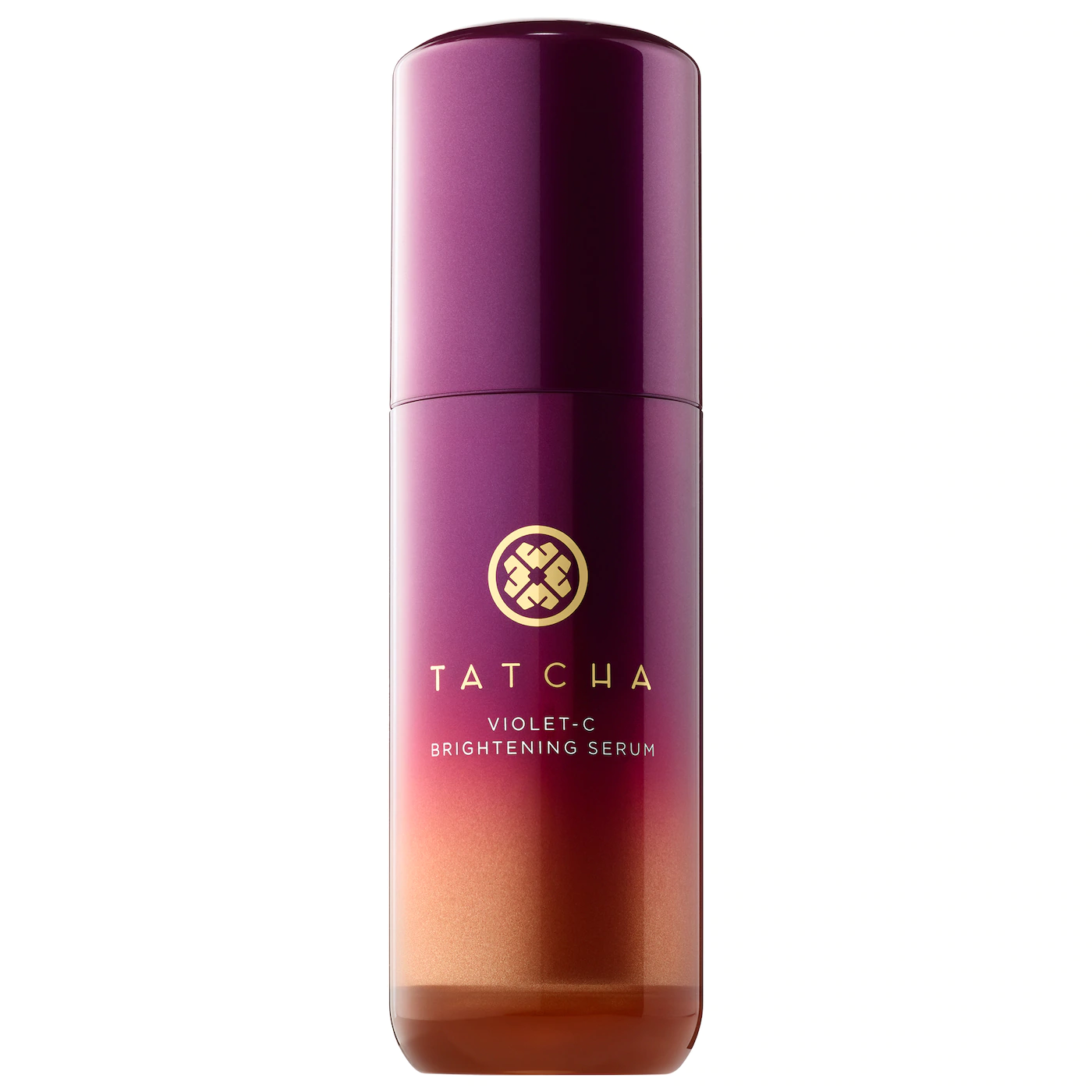
It's easy to overlook antioxidants when you're in a perpetual fight with acne. My brain was wired for years to grab anything with the highest amounts of Benzoyl Peroxide or BHA, wrongly thinking only those ingredients would deliver clear skin. But, please don't overlook a Vitamin C. Not only can it help reduce inflammation (a big factor when treating acne), it can also help fade acne scars and hyperpigmentation. While tending to active breakouts is one half of the journey to clearer skin, the other half lies in treating the resultant scars. While Skinceuticals' C E Ferulic and Drunk Elephant's C Firma Day Serum are worthy contenders, I've been into Tatcha's Violet-C Serum which boasts two forms of stabilized vitamin C.
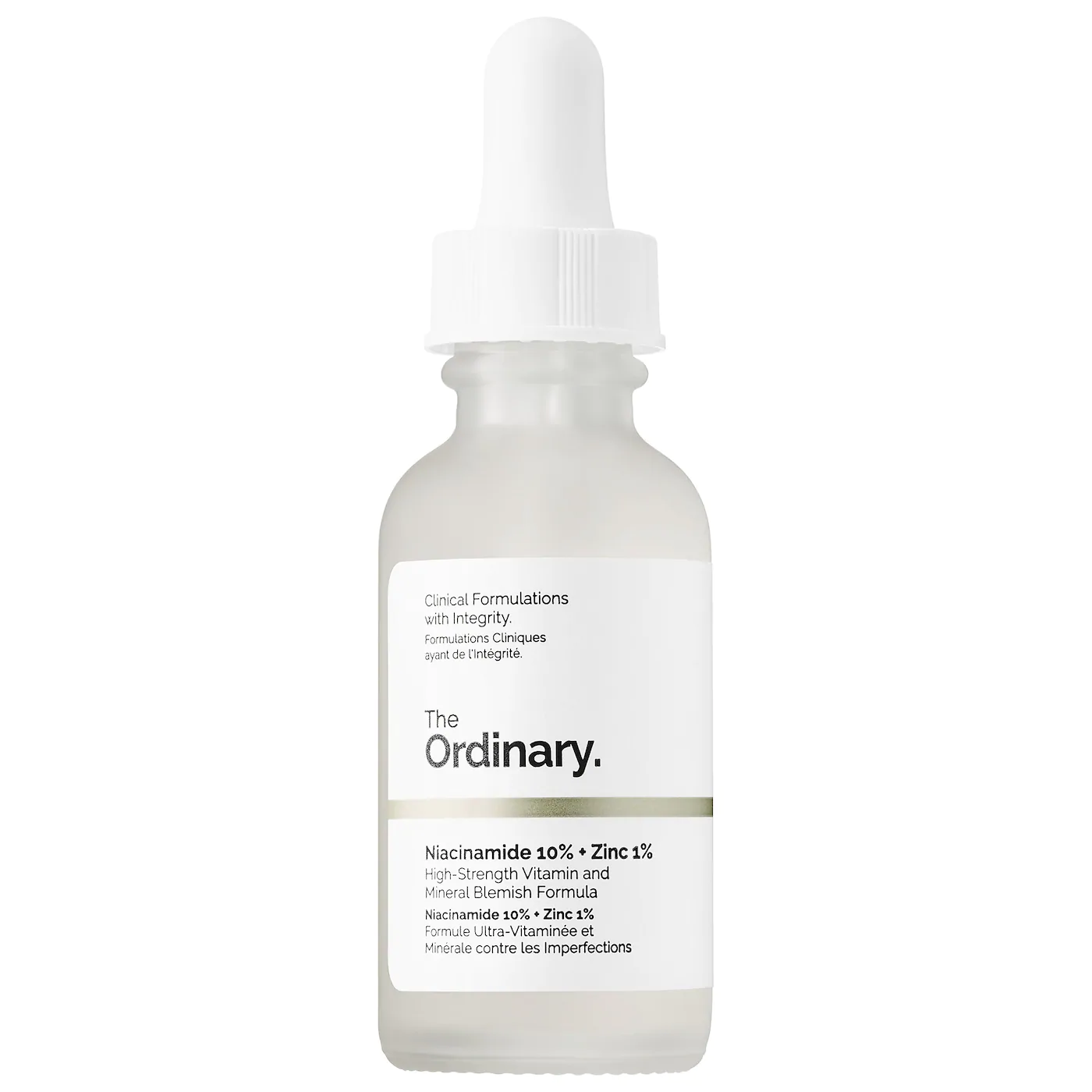
You may recognize this wonder from the depths of Tik-Tok, but it's been one of my tried and true products for years. Niacinamide is another helpful tool when combatting inflammation and excess oil, also assisting to neutralize cell-damaging free radicals. Zinc is also a hot ingredient that some claim helps to reduce acne-causing bacteria. The jury is still out on that, but the way I see it more never hurts. It's gentle enough that I can layer this on without irritation.
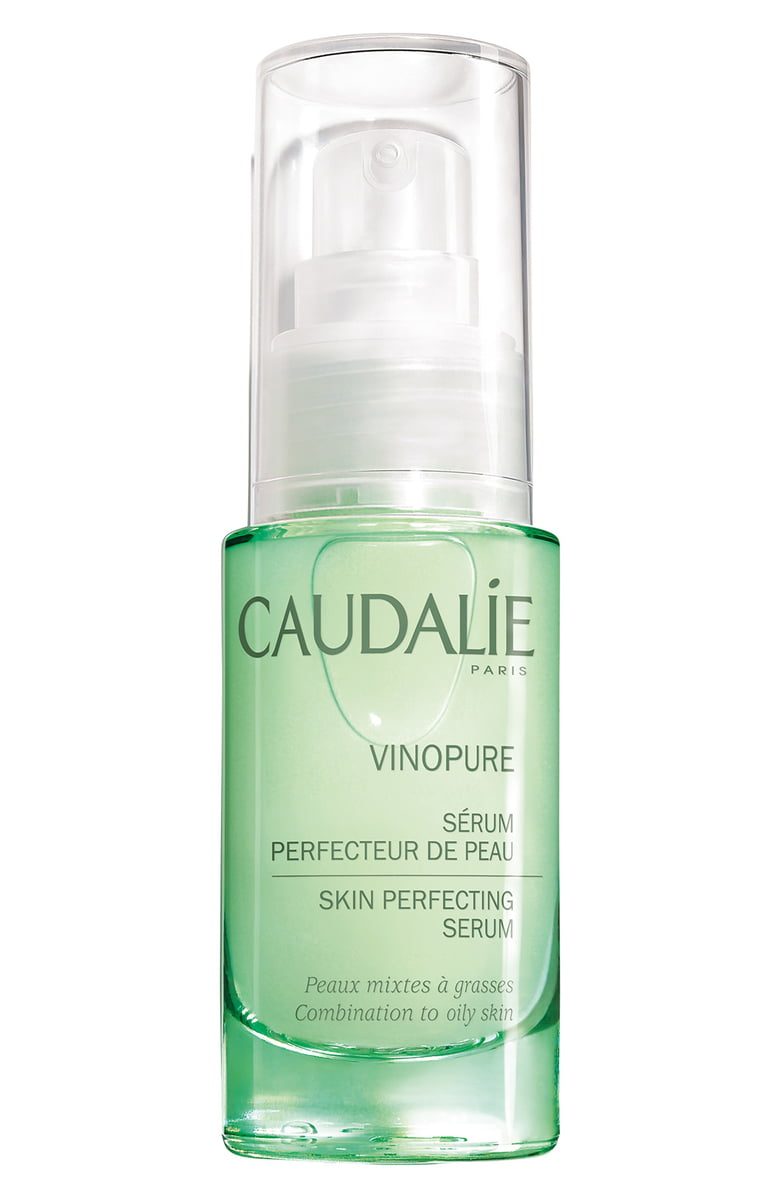
Dermatologists constantly tell me that my oily skin is a good thing (for one, the excess moisture helps to wards off wrinkles), but I can't help but curse the pools of oil that accumulates on my face by the end of the day. The game of choosing an acne-fighting serum is complicated: it shouldn't be too overdrying or harsh, yet you want to feel something. Containing a natural form of salicylic acid, Caudalie's Vinopure serum feels lightweight on the skin but packs a big punch. After applying it in the morning, I notice a visible difference in the size of my active breakouts throughout the day. It's really one of the best serums around.
Spot Treatments
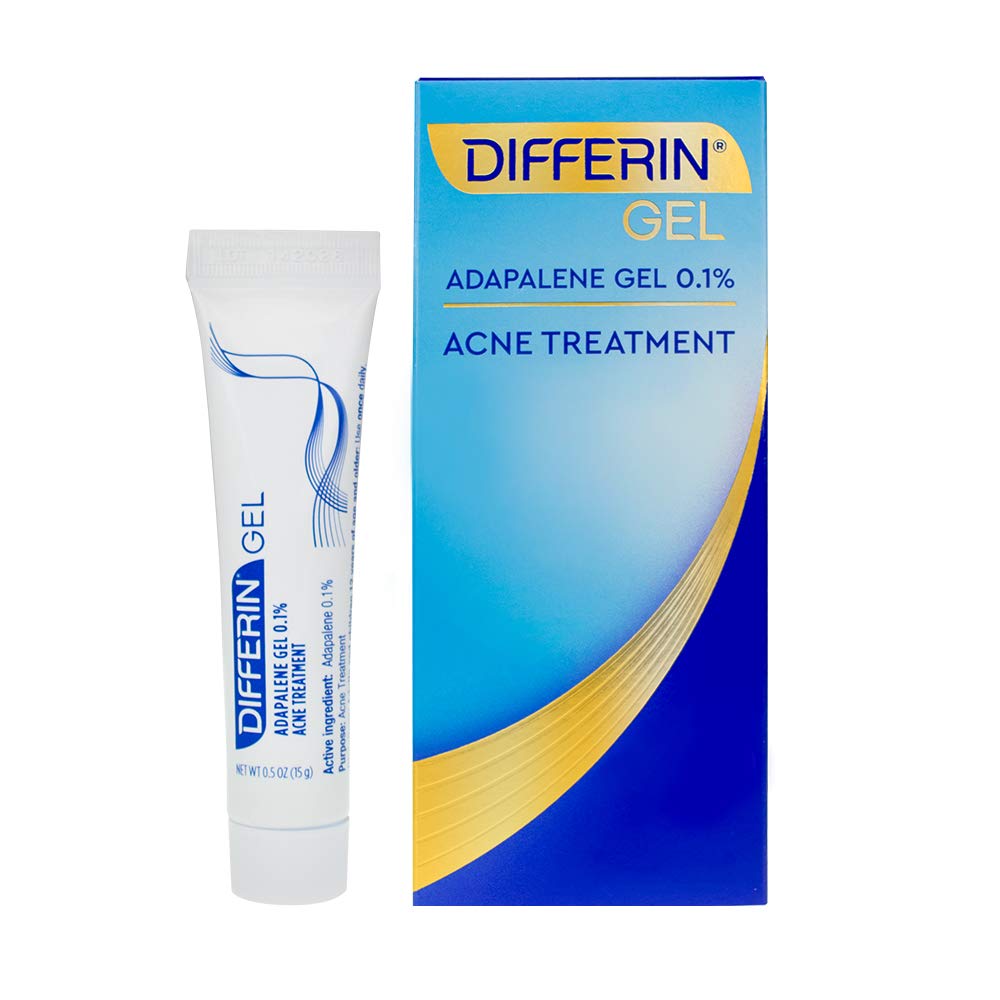
Formerly a prescription-only treatment, Differin's active ingredient is adapalene, a type of retinoid. Dr. Love regards retinoids as the best of the best among topicals used to treat acne and hyperpigmentation. But not so fast: adapalene is considered the least effective among retinoids to clear up acne (with Isotretinoin considered the best), and in my experience, Differin doesn't completely clear up more aggressive cystic acne. On the flip side, it does help keep my moderate-sized pimples in check. I don't use it every day to avoid irritation, so I try to keep my applications to a few times per week. Dr. Love recommends La Roche-Posay's Effaclar, a similar adapalene gel, so I'm itching to try that next.
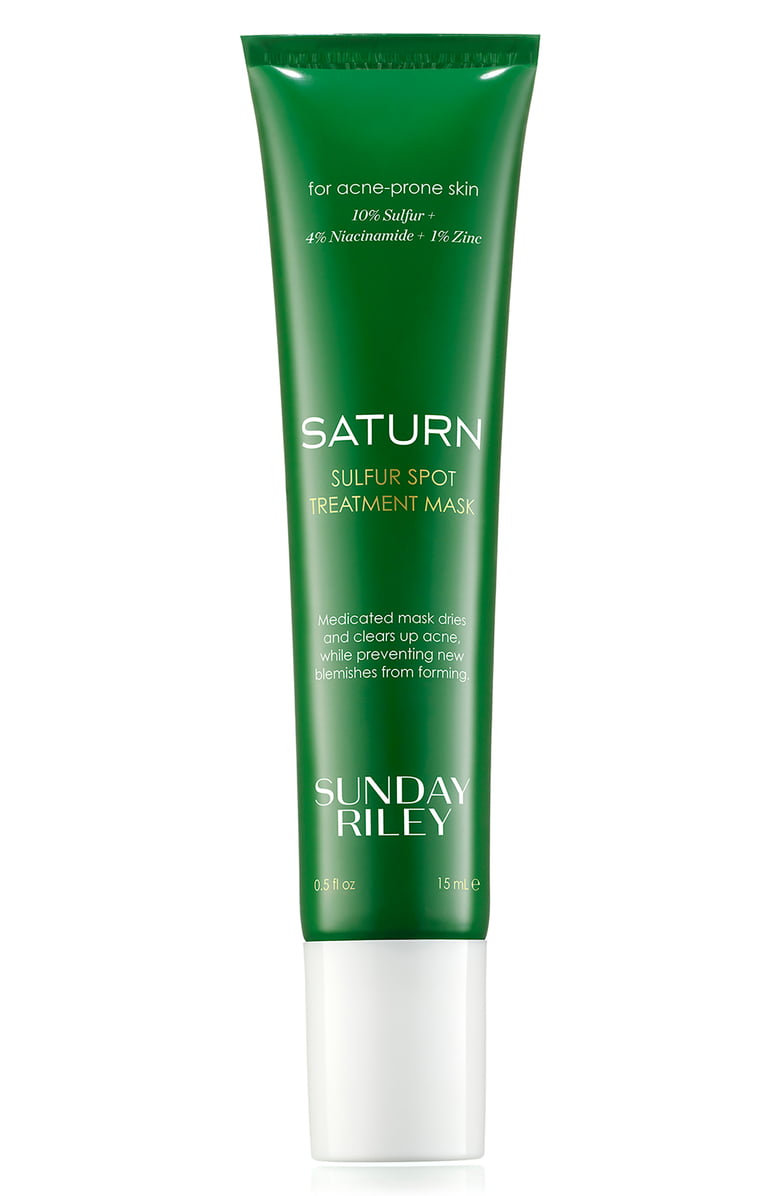
Sulfur has been a godsend for fighting those pimples that seemingly come out of nowhere. Since my teenage years, I've tried everything from sulfur soap (that was drying to the max) to sticky sulfur ointments (that was a nightmare to sleep in), with some mixed results. I'm happy to report that this sulfur spot treatment is the real deal. Just a little dab at night is enough to dry out unsightly whiteheads, laying the groundwork for the rest of my treatments to do their thing.
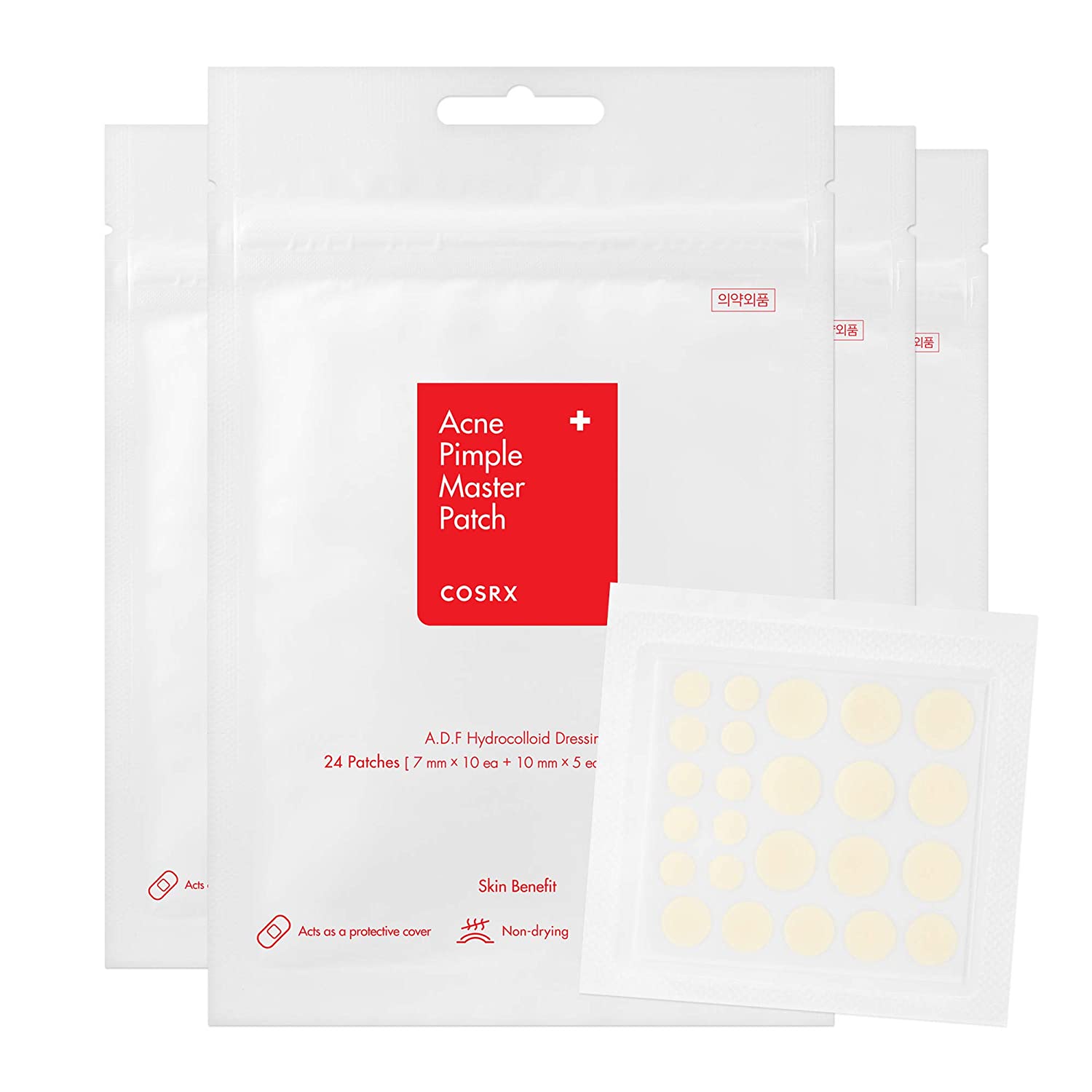
After slathering on my topicals, I like to address any persistent pimples with a good old patch. It might not work 100% of the time, but it's one of the better ways I've found to keep the environment around my pimples free from additional bacteria. Usually, however, it does reduce the size of my breakouts to a degree, which is a better result than most things I've tried! If you're skilled with applying these you can lay them flat enough that they're almost invisible against the skin and layer makeup over them if need be. Not the case for me, but I barely leave the house anyway.
Light Therapy
If you're seriously at your wit's end with your acne-prone skin, and if you take anything away from this list, let it be blue light therapy. With the exception of Isotretinoin, nothing has dramatically cleared my skin as much as blue light treatments. A newer, innovative acne treatment available on the market, it's not something I've notice jolt entirely into the mainstream just yet. After hearing about it from a publicist friend, I too was dubious until giving it a go a few years ago. Now it's seriously one of the most critical parts of my routine. Thanks to the antimicrobial powers of blue wavelengths, the emitted light effectively kills several types of pore-clogging bacteria. After one session my breakouts shrunk literally overnight, drying them out and making them much easier to treat with topicals. It's not super convenient because it does require you to sit idly with a ton of blinking lights on your face, but it's truly worth it. I'm a fan of Dr. Dennis Gross's mask-like device, but there are plenty of other affordable and equally effective options out there.
Sunscreen
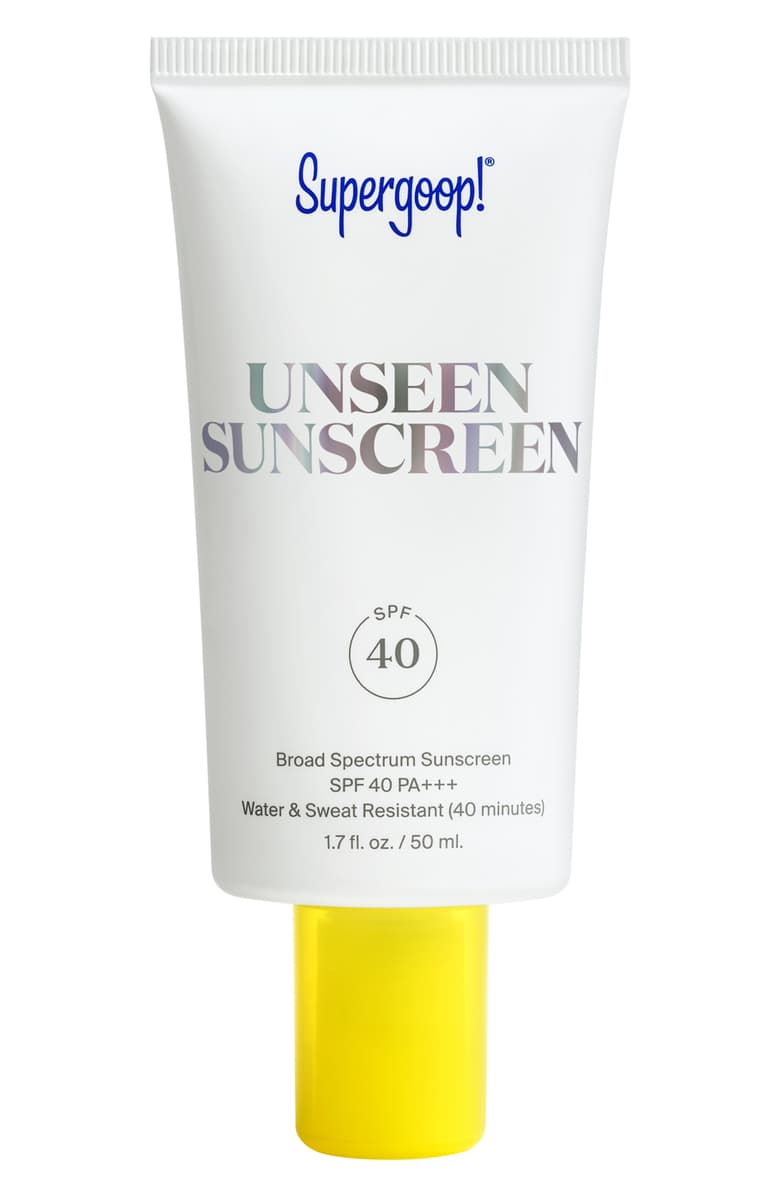
I've met enough beauty editors and dermatologists to know that I am setting myself up for failure if sunscreen isn't apart of my skincare routine. Seriously, all of the work of trying to fade acne scars really goes down the drain without proper protection against UV rays. I cringed at the idea of putting anything remotely creamy on my face due to my oily skin, but Supergoop's Sunscreen is where I turned the corner. It's super lightweight and oil-free, in addition to being water and sweat-resistant. Typically I apply this in lieu of a separate moisturizer.
Moisturizer
But, if your acne-prone skin could use some extra hydration, might I recommend the below? Heavy moisturizers tend to throw my oily skin out of wack, in turn producing more oil and more breakouts, however, Belif's Moisturizing Bomb and CeraVe's Ultra-Light Moisturizing Lotion delicately quenches the skin.
Masks
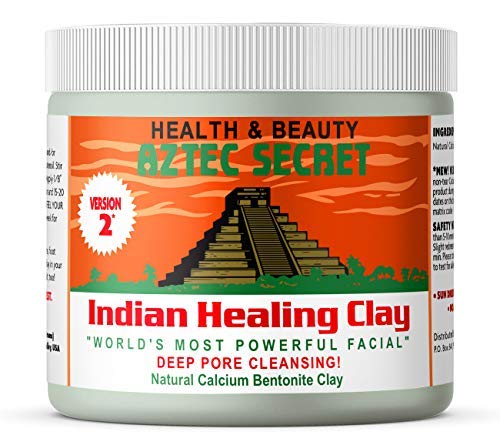
Just about everyone has heard of this mask, I feel like I was one of the last people on earth to try it. With all the hype, I'll admit I was skeptical, but it's truly deserving of the hoopla. A popular hack is to mix it with apple cider vinegar, but even so, I've used it with water with equally effective results. It can serve as a spot treatment to dry out a pimple, or an all-over mask for a spa-like experience.
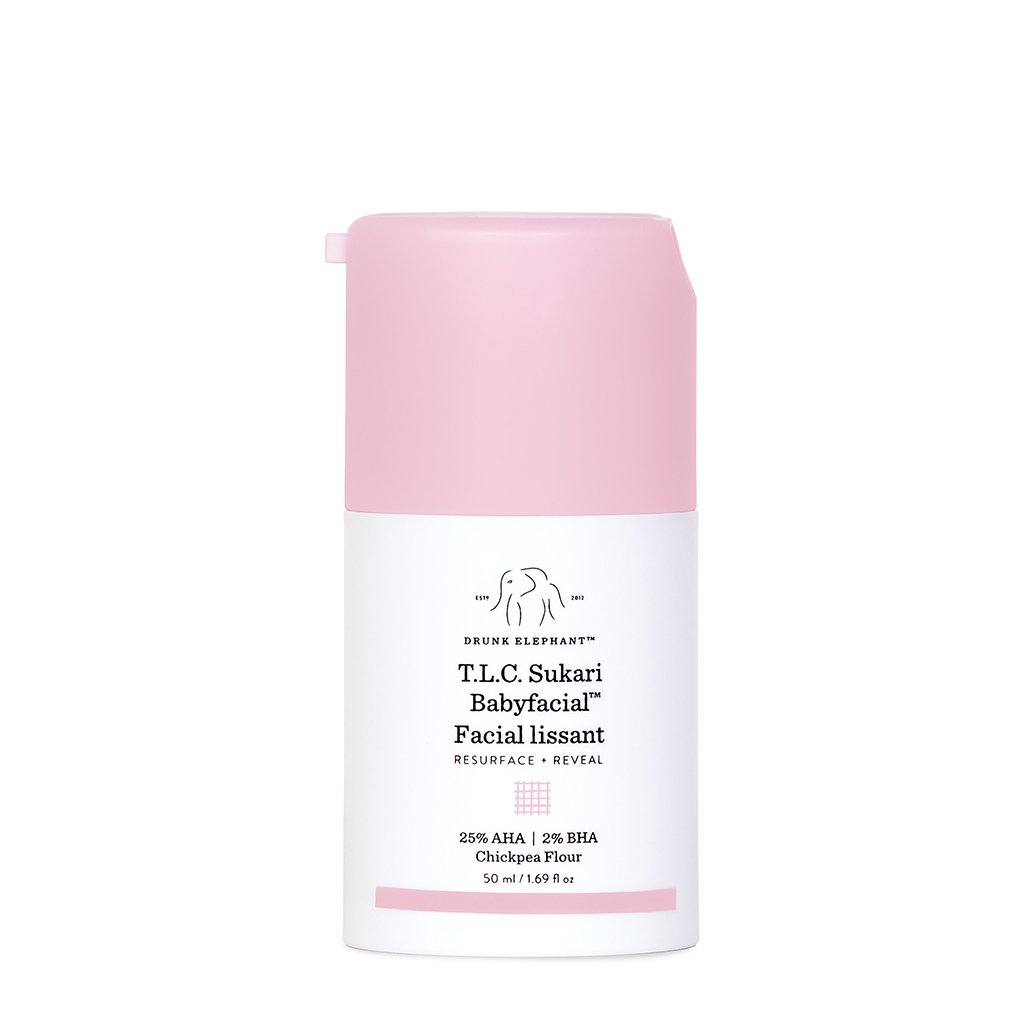
Acids are my happy place, and I feel no happier than when I'm masking with Drunk Elephant's Sukari Babyfacial. A 25% blend of AHA or glycolic acid (another of the three ingredients Dr. Love suggests for post-acne hyperpigmentation), and 2% salicylic acid, it's touted as a pro-level mask you can do at home. Essentially all of those acids exfoliate the skin, prompting quicker cell turnover and unclogging pores. After months of use, my skin has thanked me in the form of diminished acne scars and a brighter complexion. Applying this feels like self-care in a plastic bottle.
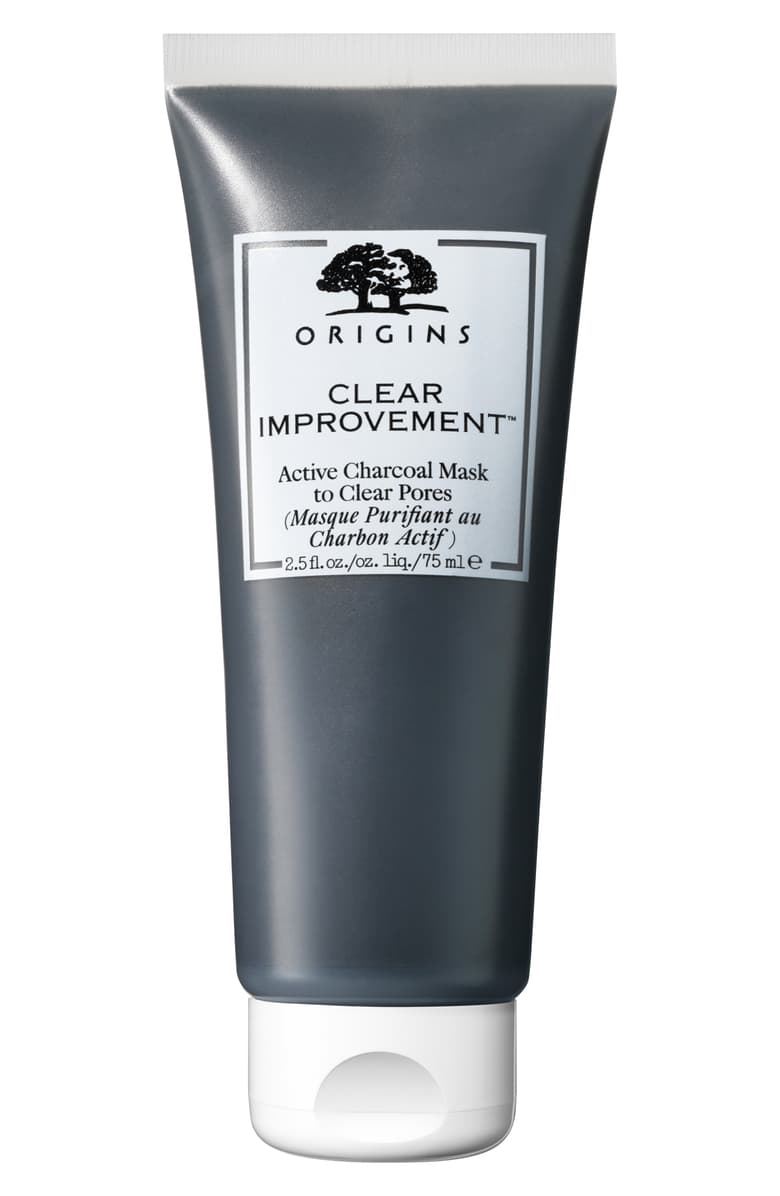
Who doesn't like the feeling of fresh, clean pores? Well, here's that feeling in a tube. This has been one of my go-to face masks when my skin feels dull or just feeling blah. Another clay-based mask, it helps to decongest the skin, drawing out dirt and pore-clogging oil. Pro-tip: steam your face before application (I like this one) it will feel like heaven.
Next up, Dermatologists Agree: This One Treatment Is the Key to Tighter Skin.
Indya Brown is a fashion editor, stylist, and writer living in Los Angeles. After graduating in 2016, she joined The Cut as a fashion assistant, eventually working her way up to fashion editor. While New York has been her home for over 10 years, she moved to Los Angeles in the midst of the pandemic in 2020 for a new chapter where she started working at Who What Wear, focusing on emerging designers, rising trends on and off the internet, interior design, and BIPOC creatives and brands. Aside from her work at Who What Wear, Brown is also a freelance stylist and writer, working on national print and video commercial campaigns for Sephora, The Independent, and Cadillac. Her bylines also include Harper's Bazaar, Vox, and The New York Times.
